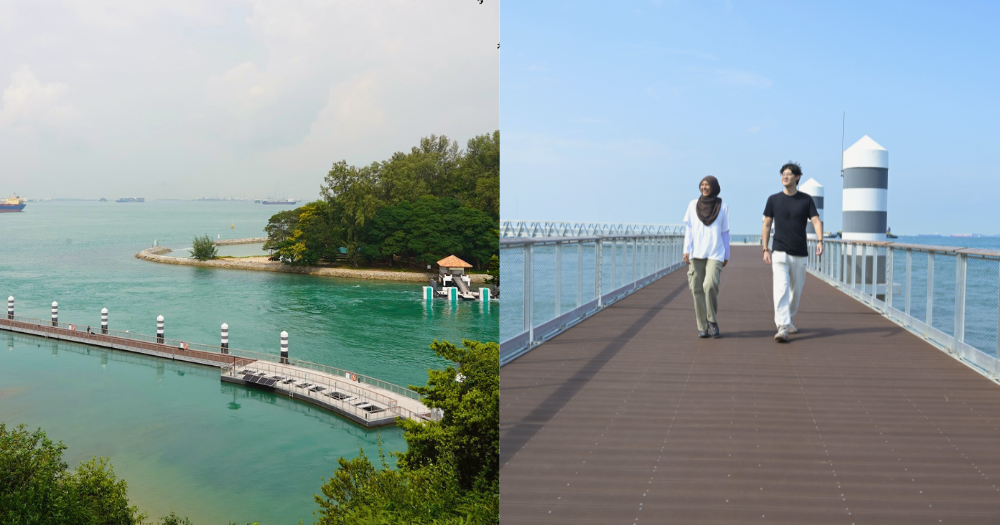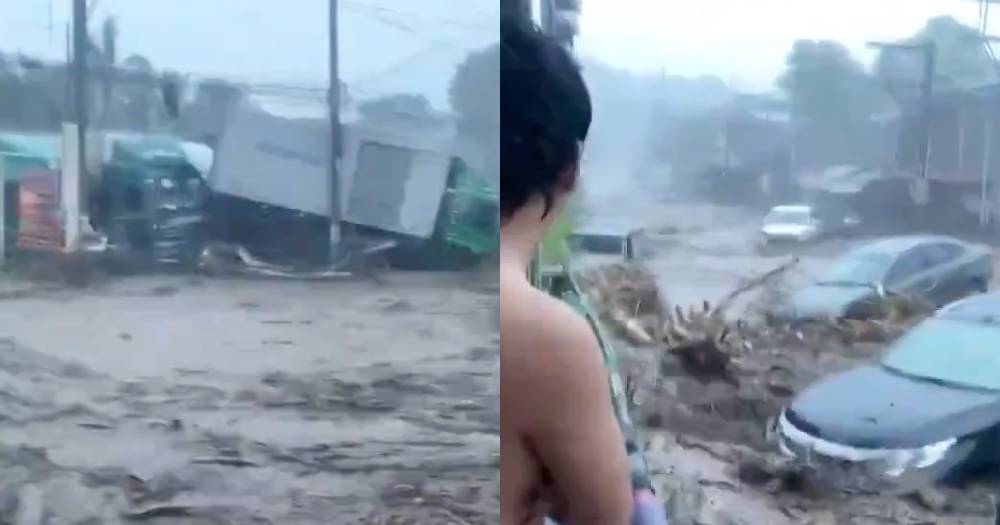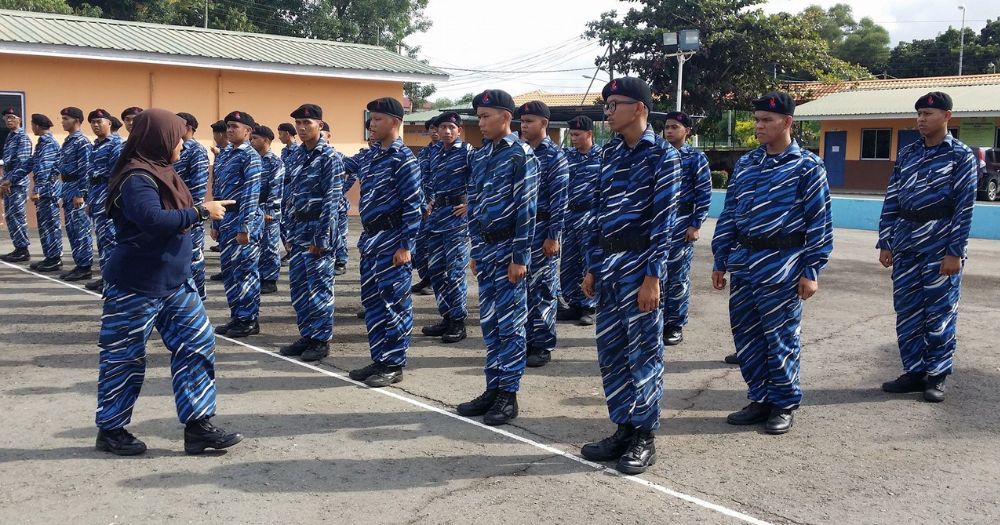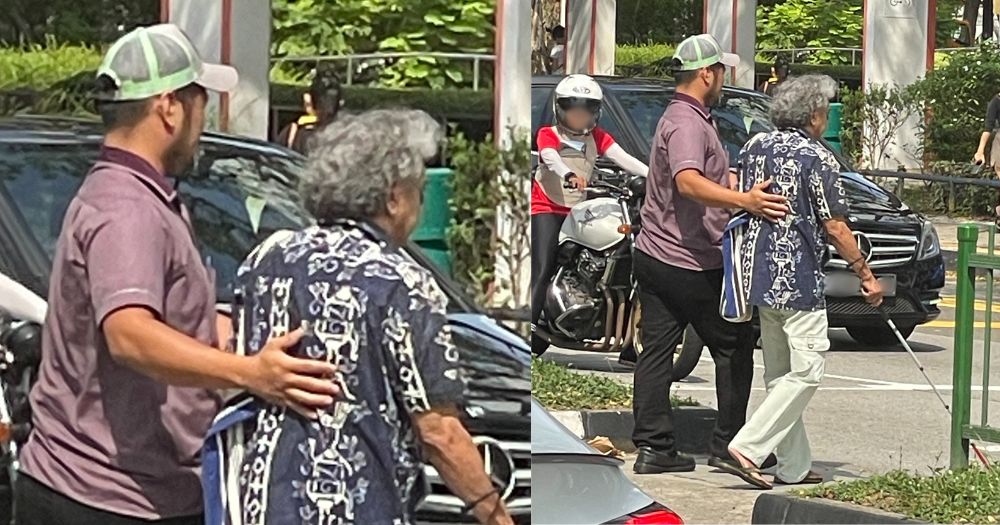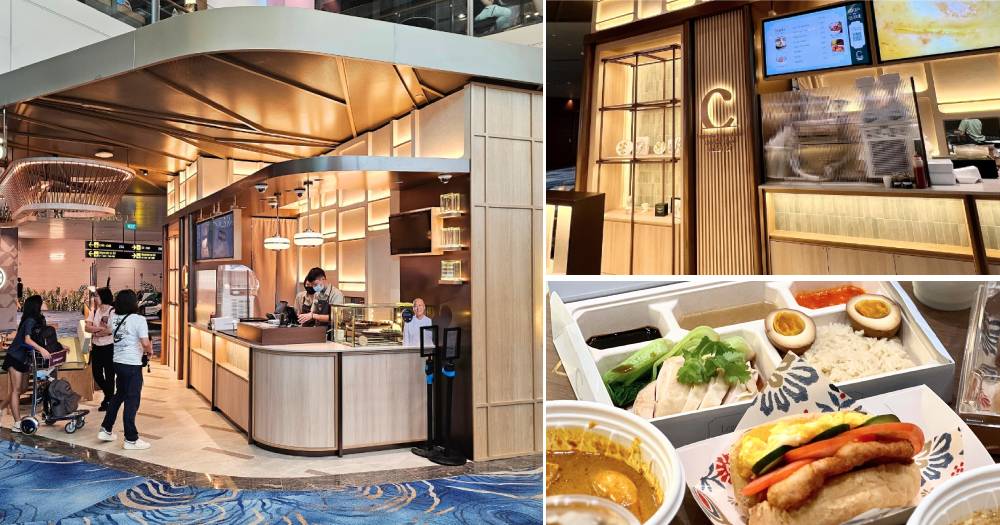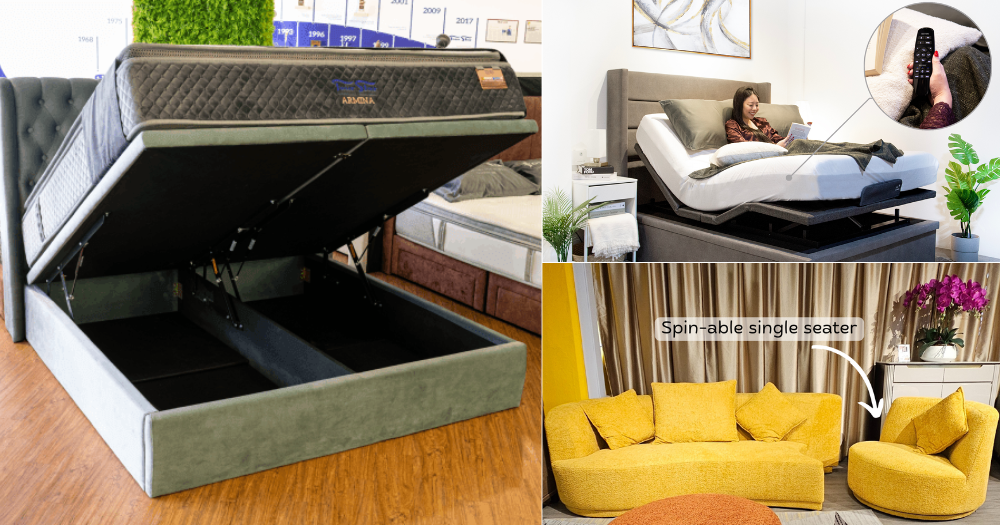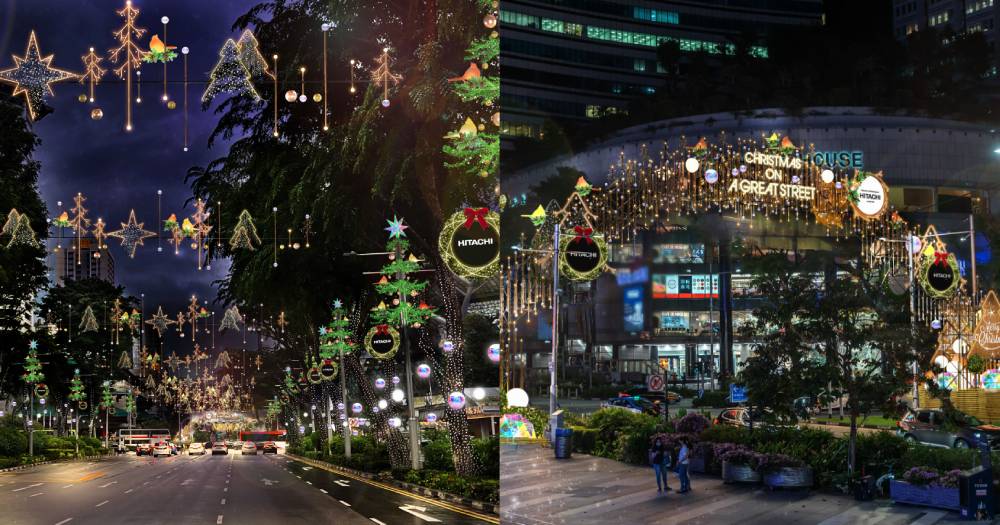S'pore launches 2nd phase of extensive survey to catalogue local marine biodiversity
The first survey was conducted from 2010 to 2015.
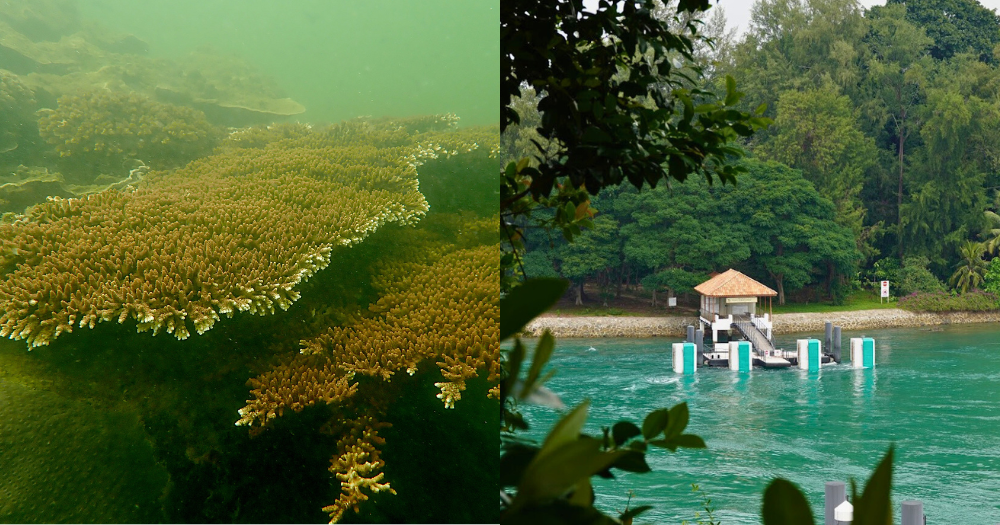
The National Parks Board (NParks) and National University of Singapore (NUS) have launched the second phase of the country's most extensive marine biodiversity survey.
This was announced by Minister for National Development Desmond Lee in conjunction with the reopening of the Sisters' Island Marine Park on Oct. 28.
Titled the Comprehensive Marine Biodiversity Survey (CMBS), the first phase of the survey took place from 2010 to 2015, and surveyed three key habitats across Singapore waters — intertidal mudflats, subtidal soft-bottom areas and coral reefs.
It was Singapore's first effort at consolidating a local database of marine biodiversity, which can be used to inform marine conservation strategies and plans.
Efforts by NParks, NUS (Lee Kong Chian Natural History Museum and Tropical Marine Science Institute) and over 470 volunteers have since yielded remarkable findings, including the discovery of over 37 species new to science, and more than 300 species new to Singapore.
CMBS II
Phase two of the survey, also called CMBS II, has two key objectives, namely:
- To characterise key sites that are of conservation significance or may be impacted by future developments
- Address specific knowledge gaps of biomes which were not covered in CMBS I, which include small benthic invertebrates that are "'hidden' within complex structures" (which fall under the cryptobiome), as well as plankton.
CMBS II will also see the adoption of new technologies aimed at improving data collection whilst reducing disturbances to marine life in the process.
Autonomous Reef Monitoring Structures (ARMS)
To survey more obscure organisms, CMBS II will utilise ARMS.
Intentionally designed with open gaps in between layers of Polyvinyl Chloride (PVC), ARMS was modelled to mimic a coral-like structure, allowing water to flow through in between and organisms to "hide" within.
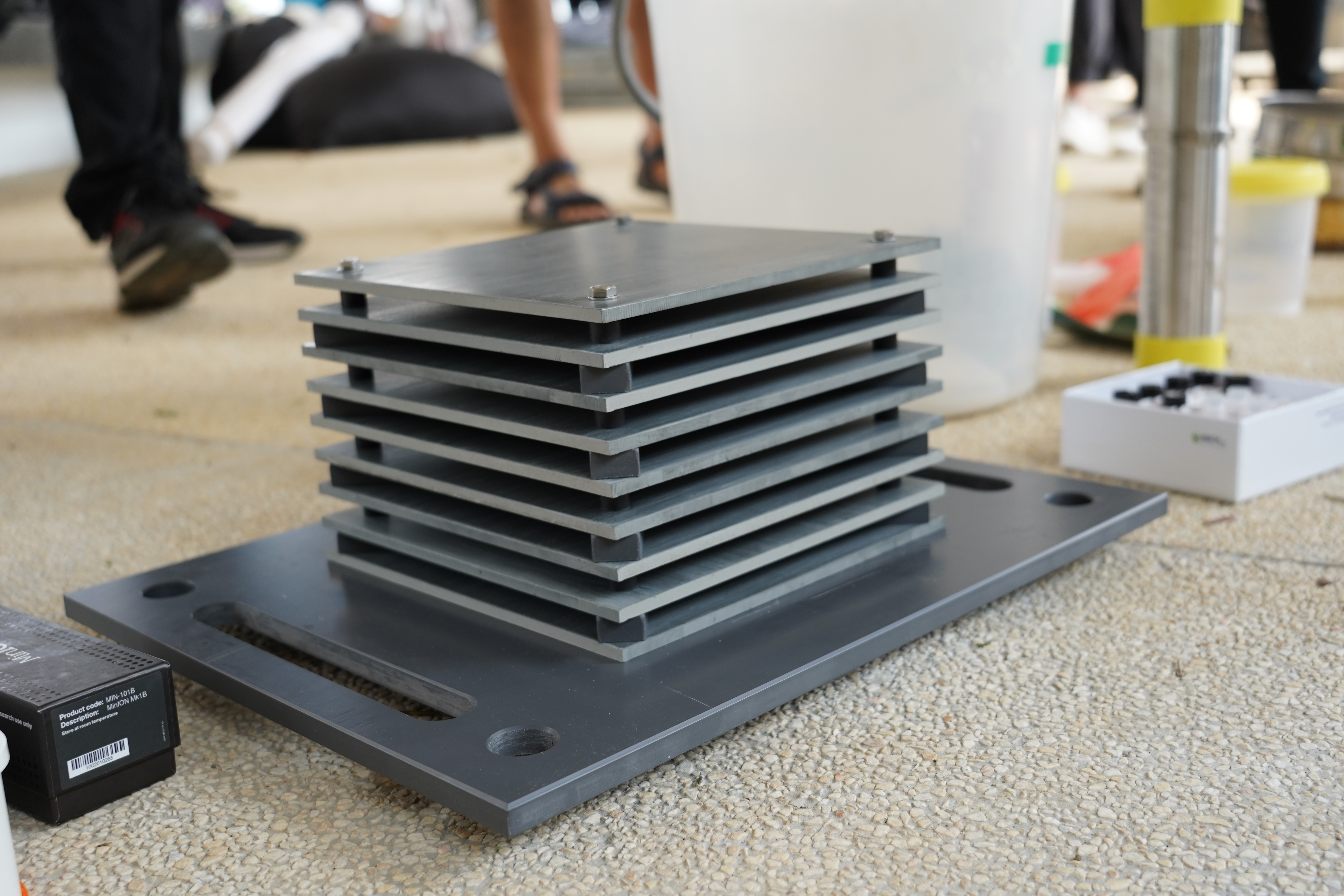 Photo by Natalie Ong
Photo by Natalie Ong
These structures will be deployed at strategic sites for a period of two years to "recruit biodiversity".
Here's how it looks like underwater:
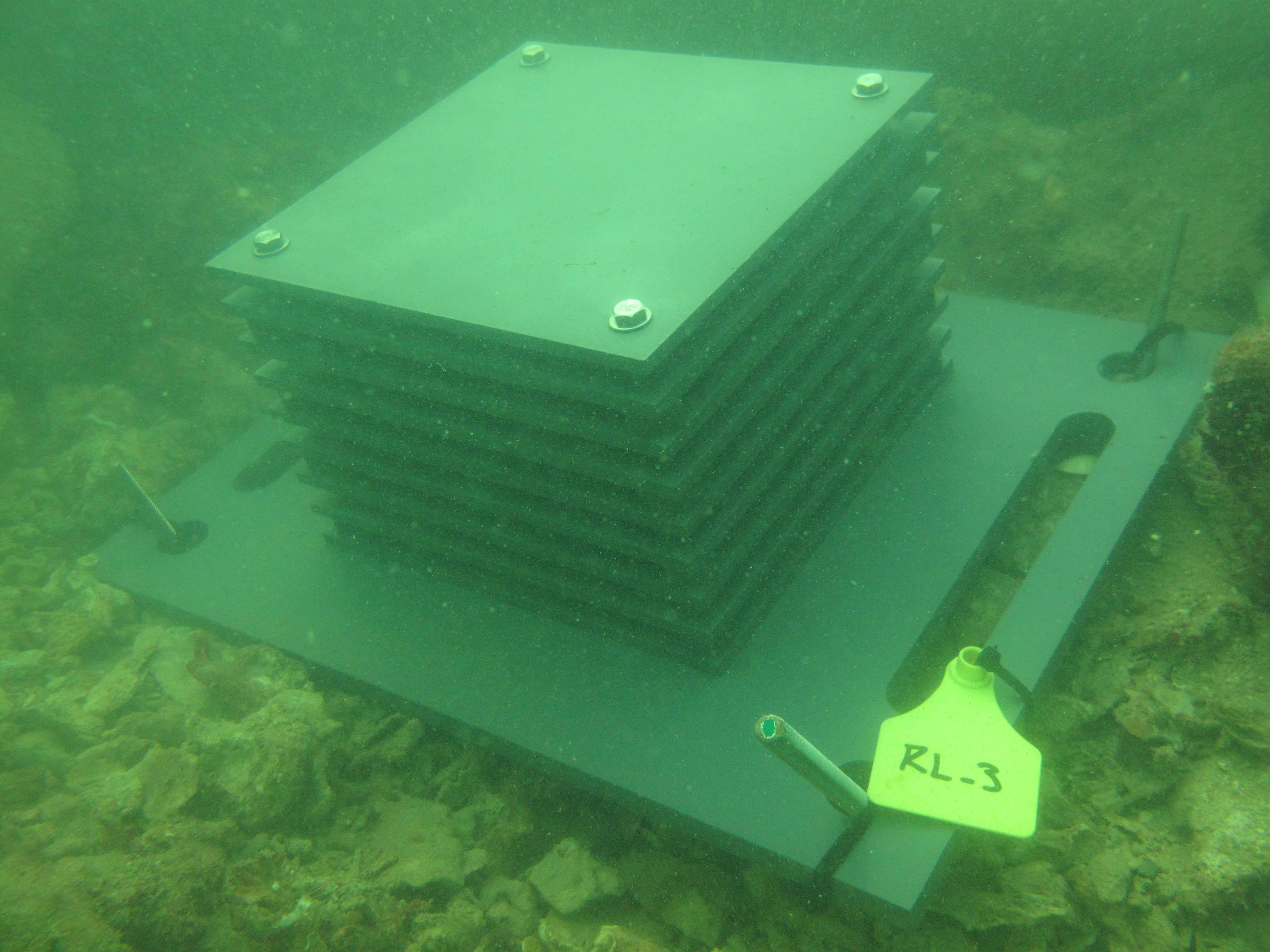 Photo from Reef Ecology Lab, NUS
Photo from Reef Ecology Lab, NUS
They will be examined for a wide range of species, such as meiofauna (tiny invertebrates) and epibionts (organisms that live on the body surface of other species).
Understanding what species there are can help inform environmental management policies in the case of incidents such as oil spills.
Seabed corers
Seabed corers will be used to examine various organisms living in soft sediments underwater.
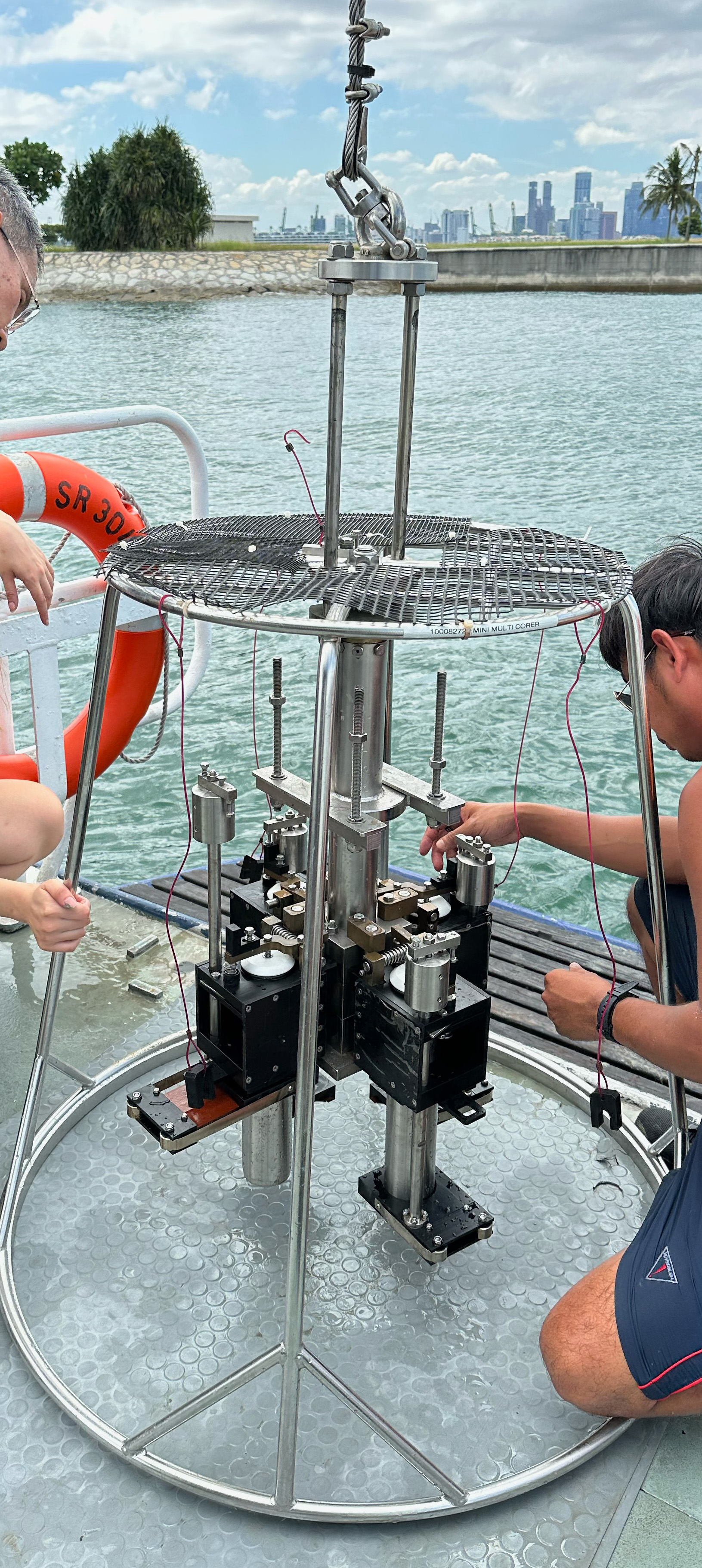 Photo from TMSI, NUS
Photo from TMSI, NUS
Deployed from ships using an A-frame structure and winch, the corers are pushed into the sediment by weights, and will close automatically when lifted up.
Mobile DNA labs
Specimens collected from the CMBS will be identified through DNA barcode sequencing.
The DNA barcode sequences will be used to expand Singapore's local barcode library, filling critical gaps of data.
The sequencing will be made easier with the use of portable molecular laboratories.
With the mobile lab, researchers will be able to expedite the sorting of specimens and preliminarily identifying the taxons specimens belong to, even in the field.
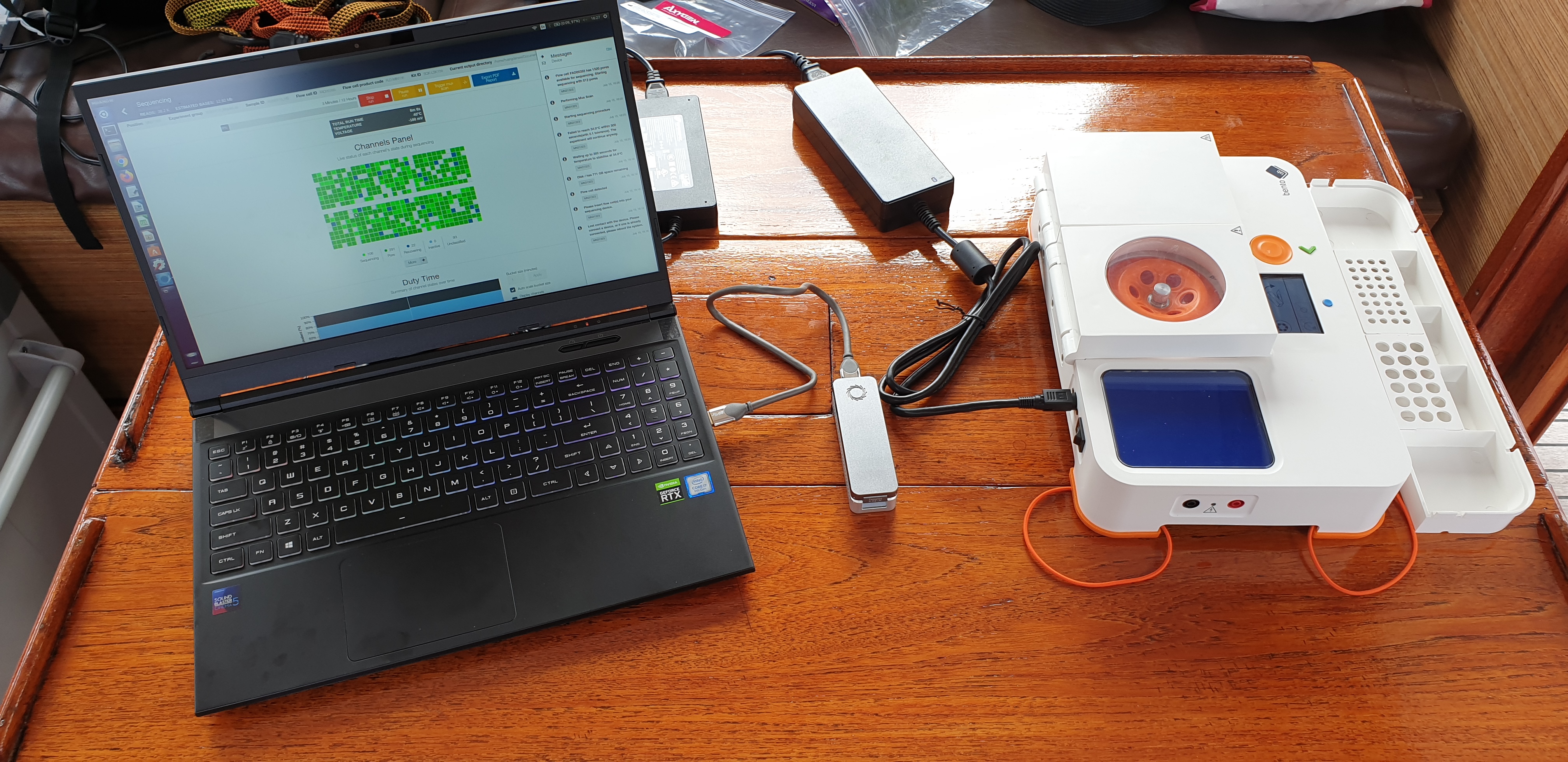 Photo from Reef Ecology Lab, NUS
Photo from Reef Ecology Lab, NUS
The mobile lab is capable of processing 32 samples simultaneously. With this, hundreds of specimens can be sequenced and identified within a day.
Findings will be made public
CMBS II has received over S$2 million in support, with contributions from Dalio Philantrophies, GSK-EDB Trust Fund, HSBC and ExxonMobiL Asia Pacific via NParks' registered charity Garden City Fund and IPC, and NUS.
It is expected to conclude in five years.
Findings from the survey will be used to assess the species richness of Singapore's marine habitats.
"The data collected will be shared with the relevant agencies to aid port, marine and coastal planning, and environmental management," NParks and NUS said in a press release.
Additionally, the findings will be made public, and information and images will be added to Singapore Biodiversity Online, a digital reference collection of Singapore's biodiversity.
Related stories
Top image courtesy of Danwei Huang and from Natalie Ong
MORE STORIES








